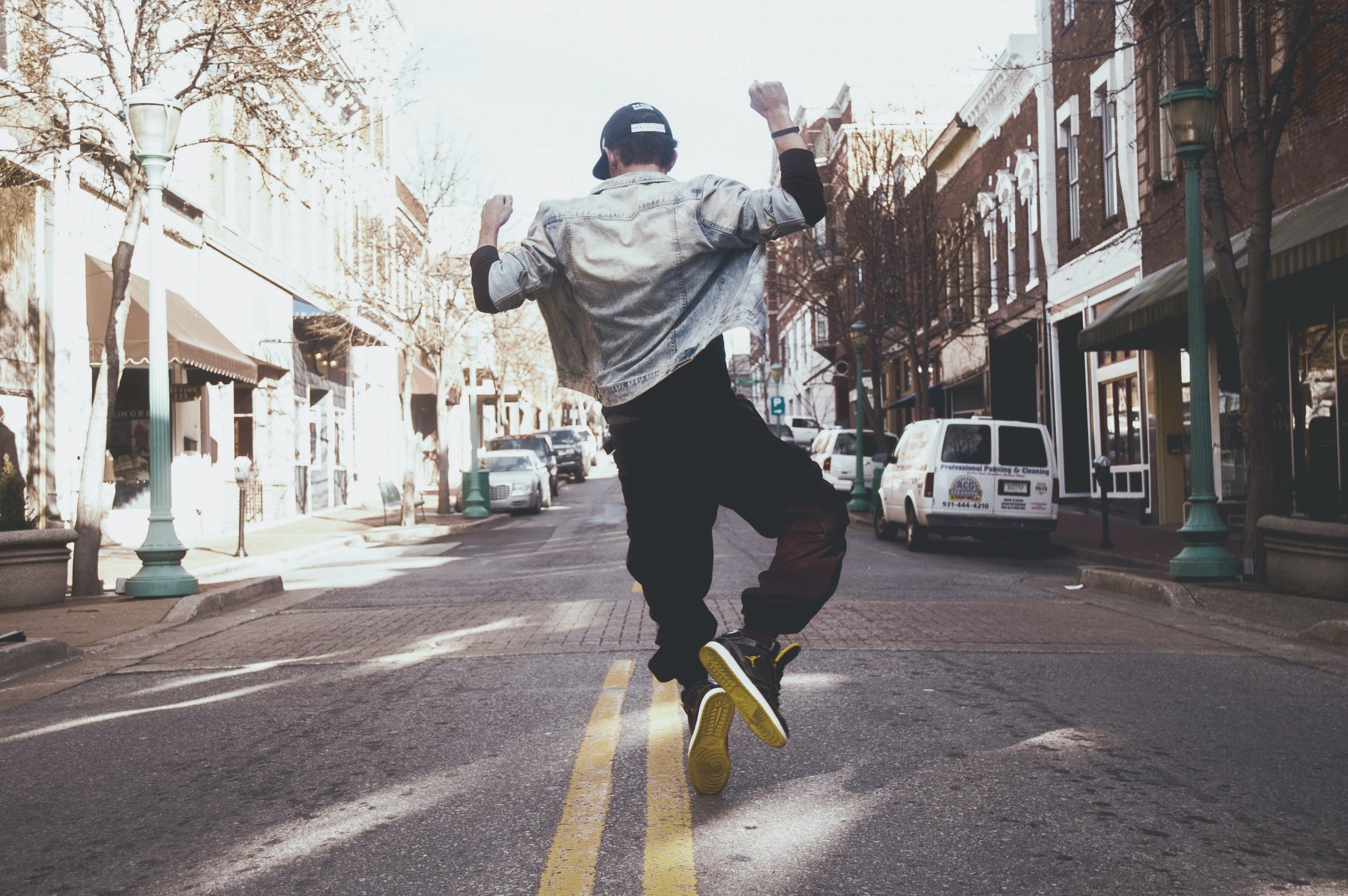New dance revolutions from MTV to TikTok
In ‘The International Journal of Screendance’, researcher, Melissa Blanco Borelli, uses a personal story to demonstrate how dance moves can have meaningful virality. In this example, Janet Jackson’s moves add a corporeal experience to her music, extending Jackson’s unique product offering.
“If the body of one of Janet’s fans can learn moves created exclusively for her celebrity brand to trademark and circulate through a variety of mediated circuits, then perhaps the fan body establishes the intersubjectivity that Jones refers to when she writes that “while the live situation may enable the phenomenological relations of flesh-to-flesh engagement, the documentary exchange (viewer/ reader ↔ document) is equally intersubjective.” Fan culture becomes an ancillary mode of production for the celebrity.”
Melissa Blanco Borelli, ‘Dancing in Music Videos, or How I Learned to Dance Like Janet . . . Miss Jackson’ in ‘The International Journal of Screendance’ 2019
I wanted to expand on this by drawing attention to digital media that adds an element of addiction and on-demand accessibility to the reproduction of dance moves.
In 1989, Janet Jackson’s music video was viewable on MTV and was only available to re-play if fans had attained a VHS recording of the clip. Once the video dropped off the Top 40 list, its availability became scarce.
Times have changed since the MTV era. YouTube launched in 2005, bringing a new platform for popular culture that allowed global audiences to access music videos on-demand. Since its upload in 2009, Beyonce’s dance video for ‘All The Single Ladies’ has had over 878 million views. This number equates to over 10% of the world’s population watching the video once. These numbers are a staggering example of the growing accessibility of dance videos now that they’re made available on-demand.
Today, dedicated dance content is competitively incorporated into platforms such as TikTok, Dubsmash/Reddit, Triller and Funimate. According to Professor Trevor Boffone, these apps reinforce the creativity and reproduction of dance moves. A corporeal experience of music is marketed through ‘dance challenges’ that are designed to connect with fans. Similarly, products such as ‘Just Dance’ and ‘Dance Dance revolution’ gamify the experience of learning dance moves. An underlying element of note is many of these apps are designed to ‘hook’ users into a habitual model that results in addiction. Not only has the content creation and on-demand access to dance moves sped up, but the moves themselves are addictively gamified.
Since Jackson’s hey-day of the 1980-90s, it’s easier than ever to share and perpetuate original dance moves with growing audiences. This poses questions of ethics: Has gamification taken corporeal experiences too far or were these always addictive? At what point does technology and marketing practices become inappropriately invasive to the body?
